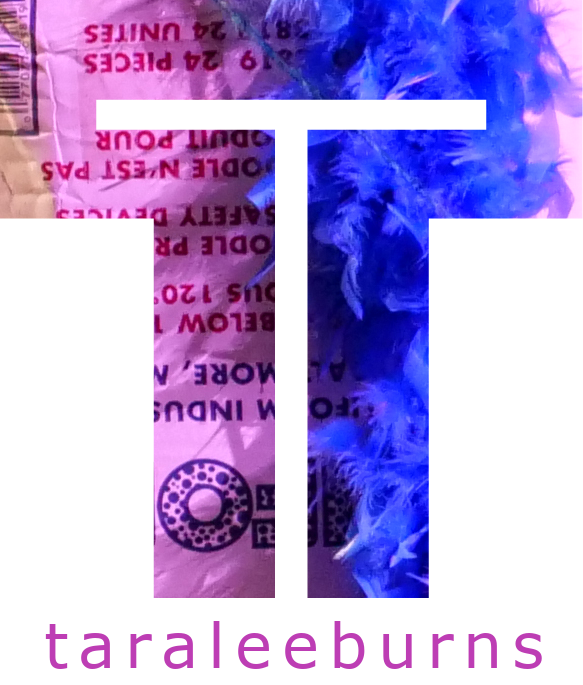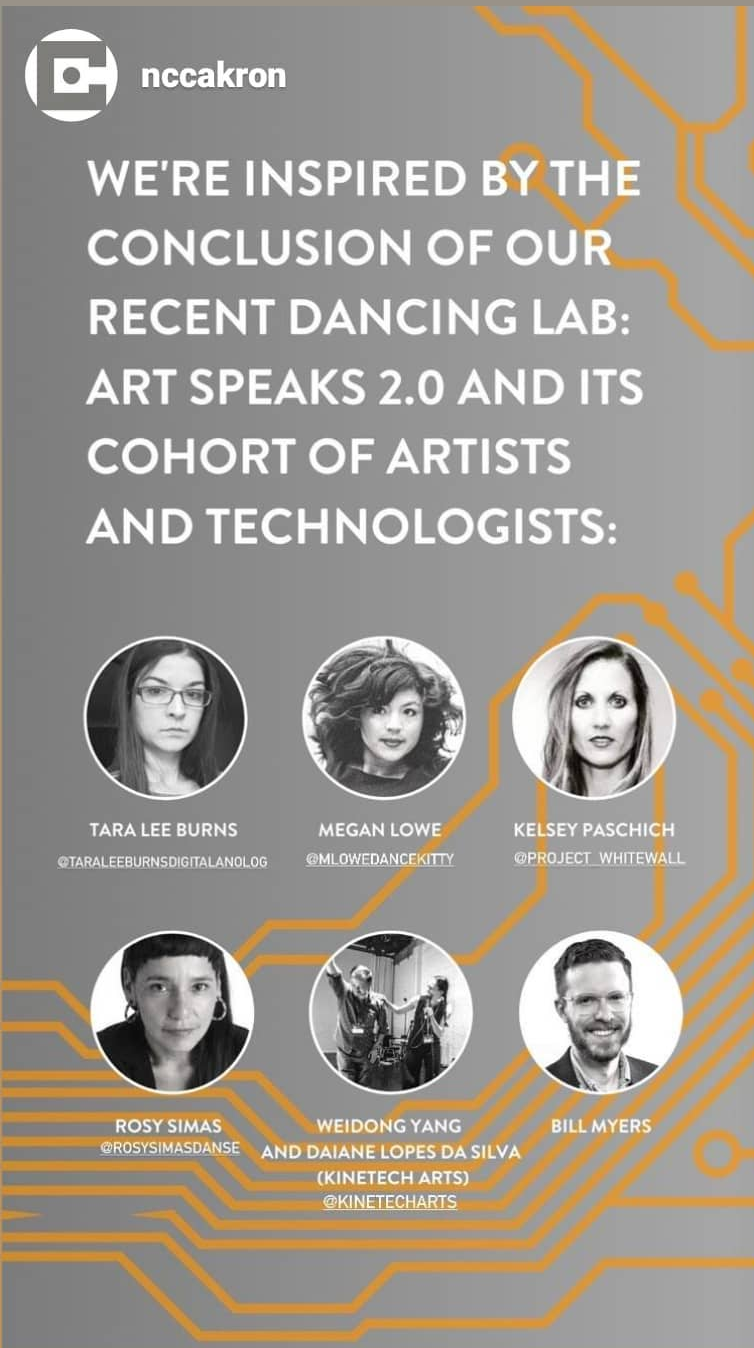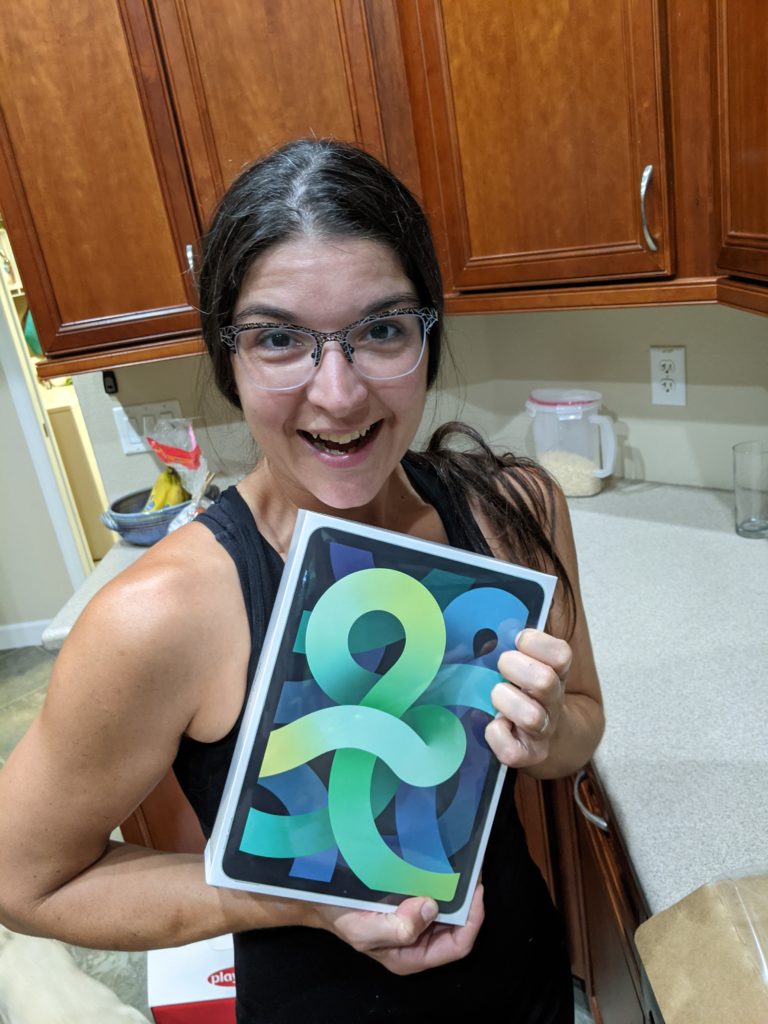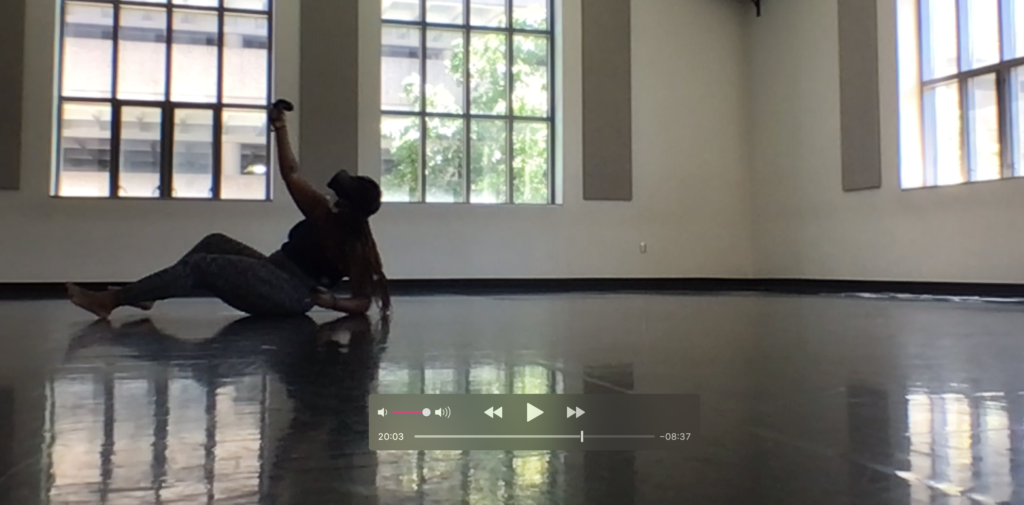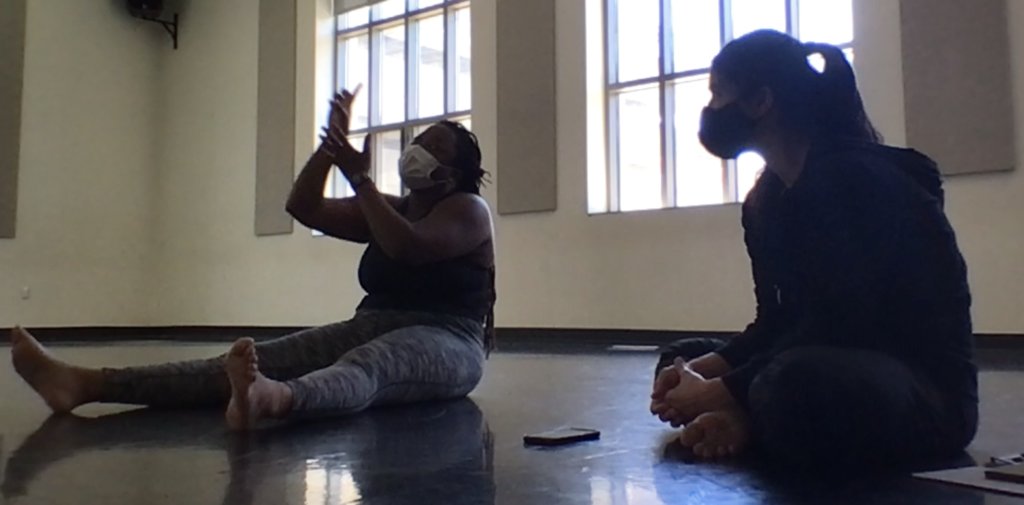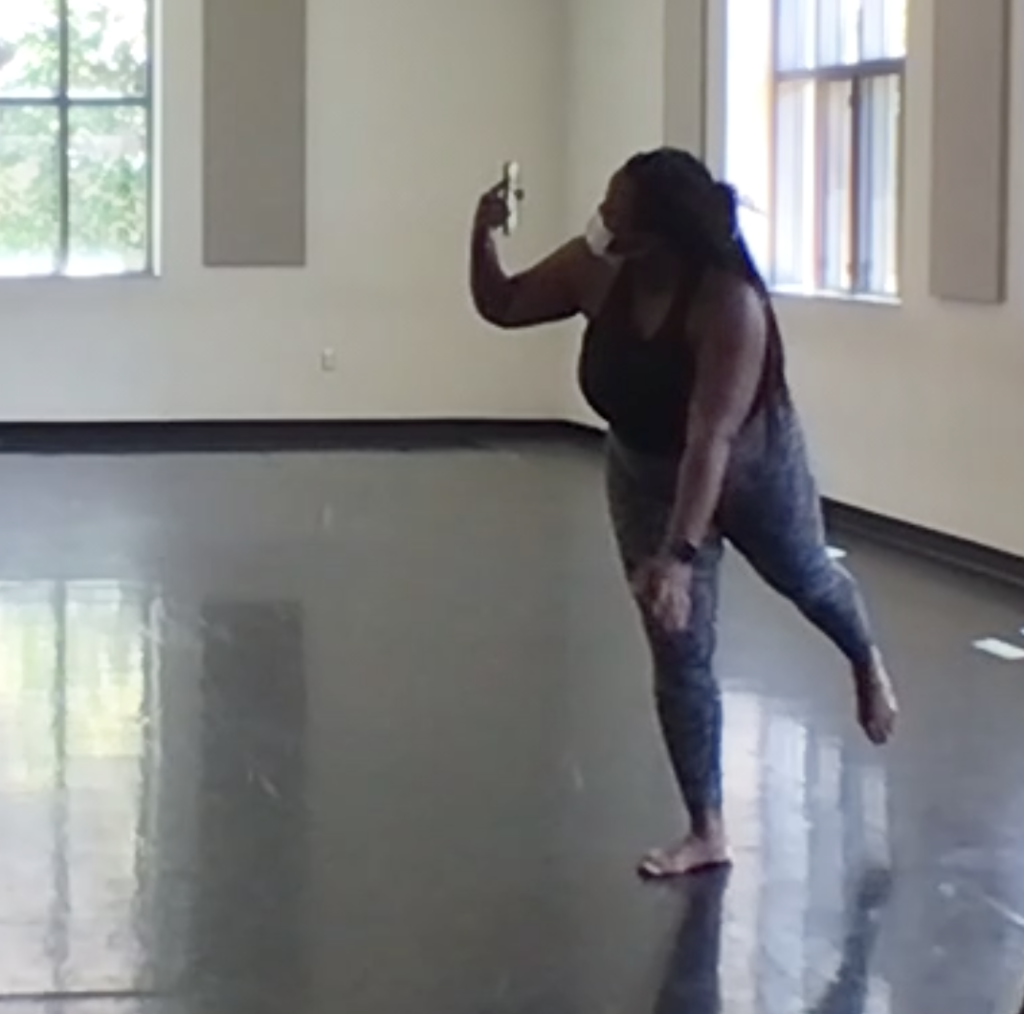Spending the last two months in the virtual ether with these amazing humans has been an honor. What a wonderful platform for artists/technologists/curators.
The photo on the left is the amazing humans involved in the residency plus Christy Bolingbroke (not pictured) and the photo on the right is me! I'm so grateful for the support to have received an Apple IPad AIR to begin testing Moonshot cross-platform. Goals:
This residency came right after completing one leg of research. It was such a wonderful opportunity to re-question everything that I created in the first versions of Moonshot to foster new thoughts about how to move forward/shift/change.
After Christy Bolingbroke, the Executive/Artistic Director of NCCAkron, said in the first meeting, “There is no product required!” I thought, “What does that mean?!” Turns out, it meant the ability to have an open mind and pause to contemplate possibilities and different viewpoints in a multitude of technological applications.
Process:
The first weeks of my virtual residency encompassed multiple attempts of creating models for different motion capture data. Four talented dancers at OSU have created different solos recorded in Motion Capture. I brought these into Maya and played with different ways of data visualization. For some reason, putting these solos into the app just like the first solo didn’t feel right. The underlying questions, “where’s the interaction?” and/or “how does the audience move or view this experience?” kept popping up. I then had some brainstorming meetings with Weidong Yang of Kinetech Arts and we talked about all different kinds of possibilities for live and app based performance. That brought me into the studio with Davianna Green to get more hands on feedback since Covid had limited interaction with the application so far. This was super helpful and really showed me that I need more of this feedback before I move forward with creating the models for the new solos.
Screenshot of Davianna Green (Thank you for this work and feedback Davianna!!) experimenting in Tilt Brush in the studio to get acquainted with some of the sensations and affects that come with using VR and the complexities of creating movement while drawing at the same time. There is something about seeing a person in a VR headset that is so interesting to me.The photo on the left is Davianna and I speaking about her experience in the different VR and AR experiences and the photo on the right is Davianna experimenting with movement in combination with the AR App Moonshot on my Android phone. The focus and gestures required while using the phone was apparent in her movement. Moving forward:
I want to continue to dig into the following things that were brought up during the workshop.
- I think it’s important for technologists to be playful, patient, and accepting of different ways of working. Dance artists are “embodiers” and need to use the technology/app or be in the technological environment before we can really know if it’s the ”right” avenue, which sometimes means going back to the beginning.
- The residency allowed me to broaden my scope. The current version of “Moonshot: solos for your home” was pushed to have a prototype for my final thesis exhibition. This residency allowed me to go back and bust it open and really think again about how to move forward in different directions.
- NFTs. I’m still wrapping my head around this but I’m really interested in the possibility of NFTs for performance and dance artists. This avenue however brings up the questions of both the environmental and monitary impacts of technology. How can we create art using technology that isn’t taking a huge tax on our environment when produced? When creating art for NFTs, are you making art to make money? And if so, how does that change the concept/intention of the art itself? Maybe? Maybe not? Or maybe it’s about that?
- Something *I think* Christy proposed: “When is tech in service of a choreographic vision and when is it something shiny to include?”
- Remembering that creating in this current climate is difficult with no clear boundaries. Further, how can *I* support my BIPOC and LGBTQIA+ dance artists? What is that and how can action continue to happen and be represented inside the live and interactive performative technologies that I create.
- So much more…
I am so grateful to NCCAkron for jumpstarting a re-fabrication of Moonshot and to have been connected with all these amazing creative humans. NCCAkron is truly interested in supporting artists and helping them move forward with what they are creating. The concepts from this residency are still seeping into my bones, organs, and fascia.
